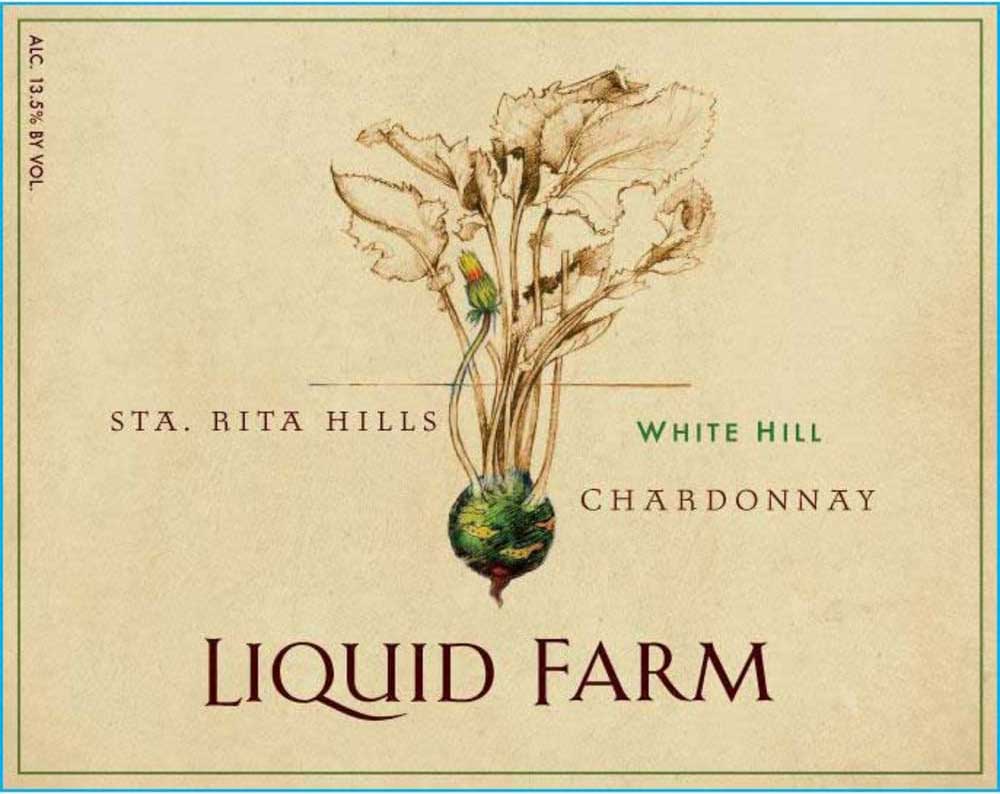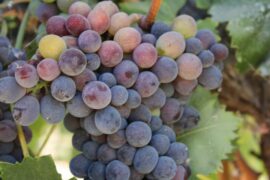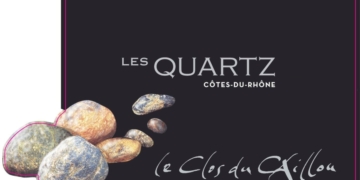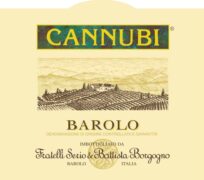Dry wine refers to a wine that has little to no residual sugar, meaning it tastes not sweet. In winemaking, yeast ferments the grape sugars into alcohol, and in dry wines, nearly all the sugar is converted, leaving no sweetness behind.
How is Dry Wine Made?
During fermentation, yeast consumes the sugars in grape juice, turning them into alcohol. When a wine is fermented until all the sugar is used up, the result is a dry wine. In contrast, wines that retain some sugar after fermentation are considered sweet or off-dry.
Key Characteristics of Dry Wine
- Low or no sweetness: The absence of sugar makes the wine taste dry.
- Crispness: Dry wines, especially whites, tend to have higher acidity, giving them a crisp and refreshing taste.
- Tannins: In red wines, tannins add to the perception of dryness, creating a mouth-drying effect.
Examples of Dry Wines
- Red Wines: Common dry reds include Cabernet Sauvignon, Merlot, Pinot Noir, and Syrah.
- White Wines: Dry whites include Sauvignon Blanc, Chardonnay, and Pinot Grigio.
Dry vs. Sweet Wine
A wine’s sweetness level is based on the amount of residual sugar left after fermentation. Dry wines have little to no residual sugar, while sweet wines have higher levels of sugar.
Food Pairing with Dry Wines
Dry wines pair well with a variety of foods, from seafood and chicken (for dry whites) to steak and pasta (for dry reds). Their lack of sweetness makes them versatile for savory dishes.
Dry wines are ideal for those who prefer wines with a clean, crisp taste, free from sweetness, and they offer a wide range of flavors depending on the grape variety and region.





















































